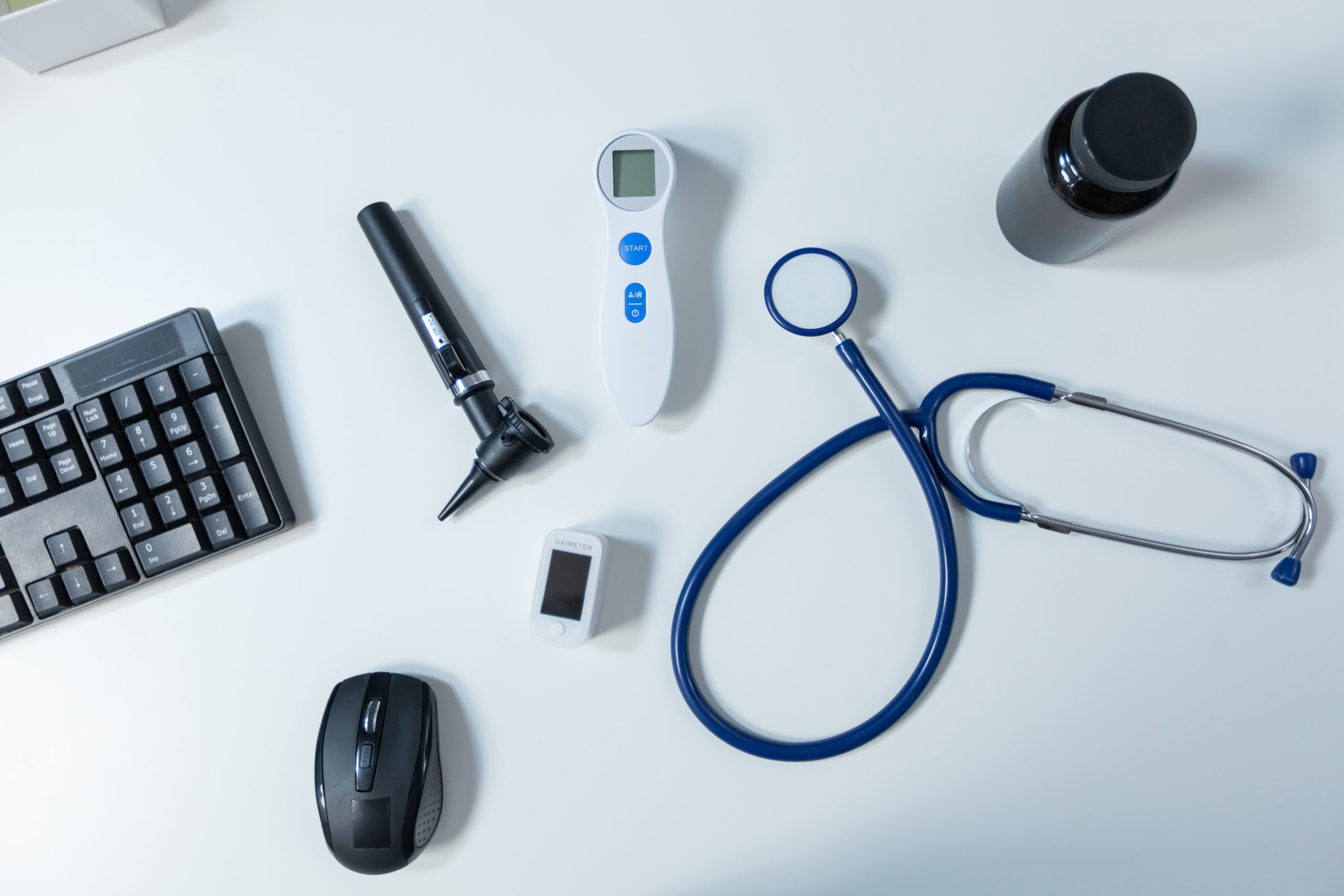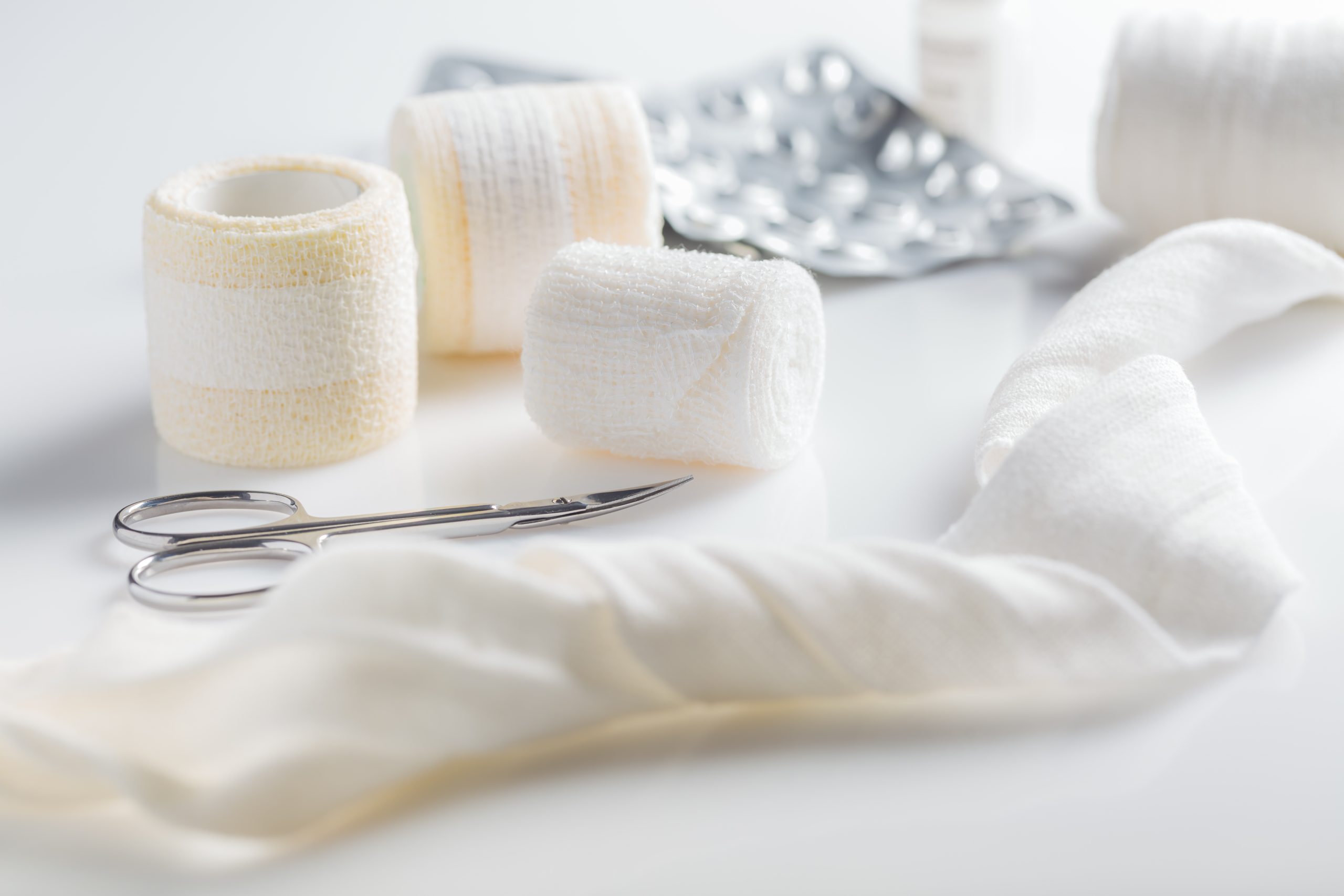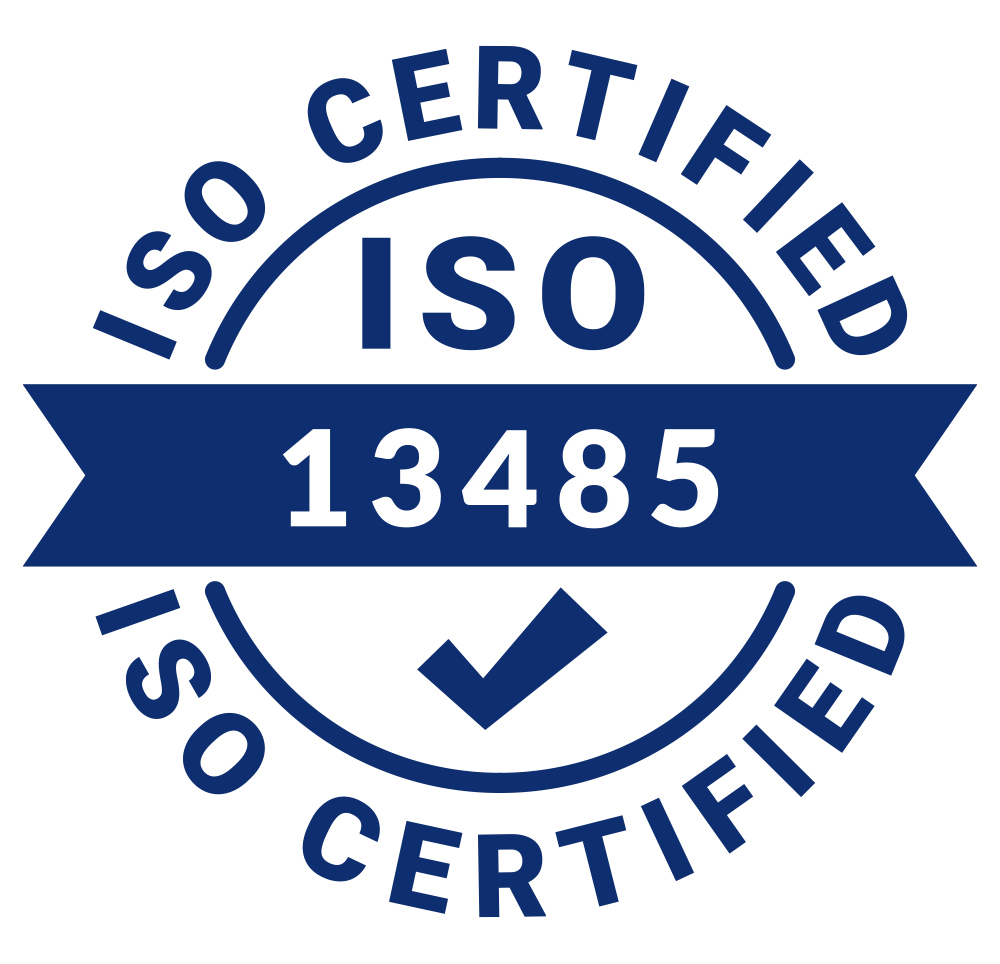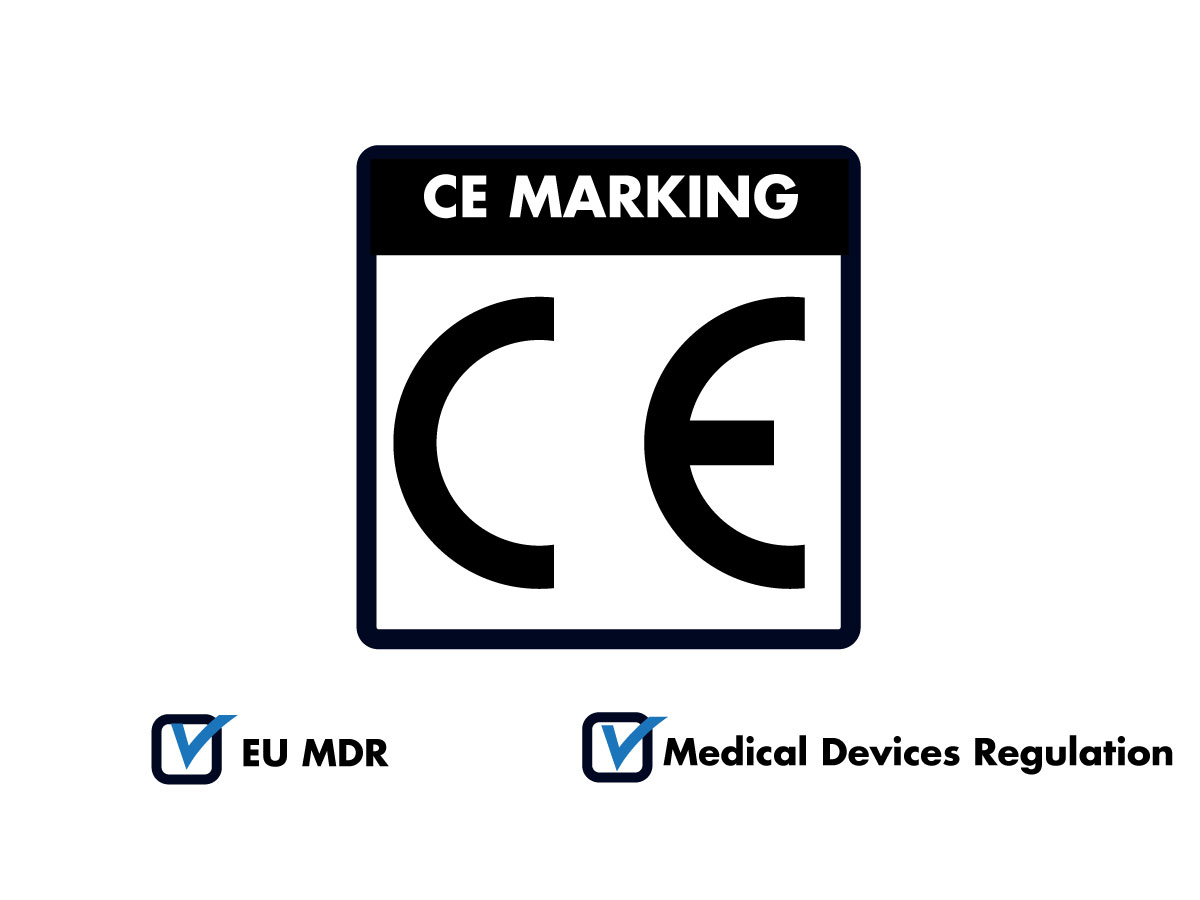Meeting Regulatory Demands in Medical Textile Production
In the medical textile industry, compliance with strict regulations is not optional—it’s essential. Every gauze bandage, elastic bandage, and plaster that reaches the healthcare market must meet stringent quality, hygiene, and documentation standards. Regulations such as the Medical Device Regulation (MDR) in the European Union and ISO 13485 set out clear requirements for manufacturers.
As customer expectations rise and regulatory bodies increase scrutiny, manual processes often fall short in maintaining the consistency and traceability required. That’s where automation comes in.
Why Compliance Is Critical
Failure to meet regulatory requirements can have severe consequences: product recalls, legal penalties, damage to brand reputation, and loss of market access. Compliance, on the other hand, builds trust, opens new markets, and ensures patient safety.
For example, MDR requires manufacturers to document every step of production and ensure that products consistently meet technical specifications. ISO 13485 emphasizes quality management systems and risk-based approaches to manufacturing.
How Automation Supports Compliance
Automated systems offer distinct advantages when it comes to meeting these requirements.
1. Consistency and Precision
Automation ensures that every product is manufactured with the same level of accuracy. Advanced sensors, real-time monitoring, and digital controls minimize the risk of human error. This is essential for maintaining product quality that meets regulatory specifications.
2. Digital Documentation and Traceability
Regulations often require manufacturers to maintain detailed production records for years. Automated machines generate and store data on each batch, providing a reliable, time-stamped record of production. This makes audits and inspections much easier to handle.
3. Hygienic Production Processes
Contactless systems minimize the risk of contamination, which is a crucial requirement in medical textile production. Automation helps manufacturers maintain the high hygiene standards that regulators demand.
4. Risk Management
With features like predictive maintenance, automatic error detection, and early-warning systems, automated equipment reduces the risk of unplanned downtime and defective products—both of which can compromise compliance.
Konum Engineering’s Approach
At Konum Engineering, we design our machines to help manufacturers comply with international regulations seamlessly. Features like real-time monitoring, modular design, and compliance-ready specifications are built into every machine.
For instance:
- Our fully automatic gauze winding and cutting machines guarantee uniform output.
- The elastic bandage latex coating & winding machine reduces manual intervention and improves traceability.
- Steam fixation machines ensure fabrics meet hygiene and durability requirements.
Conclusion
Regulatory compliance is one of the biggest challenges in medical textile production—but it’s also a significant opportunity. Manufacturers that invest in automation not only avoid costly mistakes but also build a reputation for reliability and quality. Automation makes compliance simpler, more consistent, and less stressful.
With Konum Engineering’s advanced systems, you can meet the highest international standards while staying competitive in a demanding market.





